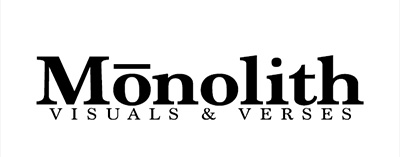The Birth of a Nation | 1915
The Birth of a Nation, landmark silent film, released in 1915, that was the first blockbuster Hollywood hit. It was the longest and most-profitable film then produced and the most artistically advanced film of its day. It secured both the future of feature-length films and the reception of film as a serious medium. An epic about the American Civil War (1861–65) and the Reconstruction era that followed, it has long been hailed for its technical and dramatic innovations but condemned for the racism inherent in the script and its positive portrayal of the Ku Klux Klan (KKK).
Based on the novel The Clansman (1905) by Thomas Dixon, the two-part epic traces the impact of the Civil War on two families: the Stonemans of the North and the Camerons of the South, each on separate sides of the conflict. The first half of the film is set from the outbreak of the war through the assassination of Pres. Abraham Lincoln, and the concluding section deals with the chaos of the Reconstruction period.
Director D.W. Griffith revolutionized the young art of moviemaking with his big-budget ($110,000) and artistically ambitious re-creation of the Civil War years. Shooting on the film began in secrecy in July 1914. Although a script existed, Griffith kept most of the continuity in his head—a remarkable feat considering that the completed film contained 1,544 separate shots at a time when the most-elaborate spectacles, Italian epics such as Cabiria (1914), boasted fewer than 100. Running nearly three hours, The Birth of a Nation was the then longest movie ever released, and its sweeping battle re-creations and large-scale action thrilled audiences. It was also innovative in technique, using special effects, deep-focus photography, jump cuts, and facial close-ups.
However, the movie’s overt racism outraged African Americans and civil rights advocates. Blacks, particularly in the film’s second part dramatizing Reconstruction, are portrayed as the root of all evil and unworthy of freedom and voting rights. In addition, male African Americans are depicted as always lusting after white women. In contrast, the KKK is portrayed in a heroic light as a healing force restoring order to the chaos and lawlessness of Reconstruction.
Protests against the film accompanied its premiere in Los Angeles in February 1915 and continued when the movie debuted in New York City the following month. But it was in Boston, where the film opened in April, that Griffith faced the most intense and protracted opposition. William Monroe Trotter—a civil rights leader and editor of a radical Boston weekly newspaper, The Guardian—teamed up with the local branch of the National Association for the Advancement of Colored People (NAACP) in a bid to ban the film. Throughout the spring of 1915, Trotter, an 1895 graduate of Harvard and the college’s first black member of Phi Beta Kappa, was at the forefront of the protests, which included mass rallies at which thousands of demonstrators were confronted by a small army of Boston police. Foreshadowing the direct-action civil rights strategies of the 1960s, the demonstrations, which sometimes turned violent, played out in every venue imaginable: city hall, the streets, the courts, and the Massachusetts state legislature. The effort failed to stop Griffith’s movie, but it succeeded in galvanizing the civil rights movement in Boston and around the country, and it exposed in no uncertain terms the movie’s bigoted treatment of historic events.
Director: D.W. Griffith
Stars: Lillian Gish, Mae Marsh, Henry B. Walthall



